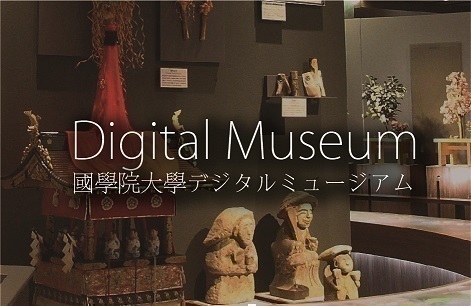- トップ
- Encyclopedia of Shinto
- Ō imi no matsuri
Encyclopedia of Shinto
| Main Menu: | |
| Links: |
詳細表示 (Complete Article)
| カテゴリー1: | 5. Rites and Festivals |
|---|---|
| カテゴリー2: | State Rites |
| Title | Ō imi no matsuri |
| Text | A festival of the ancient and medieval eras conducted at the Hirose Shrine by a court-dispatched ritualist in order to celebrate the enshrined deities along with the various "mountain-entrance kami" (yamaguchi-gami) of Yamato's six districts. Performed twice annually in the fourth and seventh months to pray for a bountiful harvest and for favorable environmental conditions. The reasons behind the choice of the Hirose Shrine to host the festival were probably related to its location at the confluence of the main rivers in the Yamato basin, an area of great importance to imperial authority, as well as to the fact that yamaguchi-gami were enshrined at the headwaters of those rivers and at the heads of trails entering the mountains which surrounded the basin. The festival is thought to have originated in the latter half of the seventh century, during Emperor Tenmu's reign. Mentioned in Jingiryō, it also appears in Engishiki as small in scale, but performed by a ritualist chosen from among princes of at least the fifth rank, thus providing an indication of its significance. The rite continued well after the ninth century even as other festivals of the ritsuryō system died out, and lasted through the medieval period, finally falling out of practice in the Nanboku period (1336-1393). However, the celebration of unofficial ōimi festivals at lesser shrines has continued this day. The Ōimi no matsuri is also known as the Hirose Ōimi no matsuri, and has deep associations with the Festival of Wind Deities fūjin sai conducted on the same day at the Tatsuta Shrine(Tatsuta-sha, now Tatsuta Taisha), the two being referred to collectively as the Hirose-Tatsuta sai. Based on a statement in the Ryō no gige, it has been argued that the two rites were actually conducted at both shrines. The ‘six districts of Yamato' represent the six administrative regions of ancient Yamato known as Takechi, Katsuragi, Toichi, Shiki, Yamanobe, and Sō. — Namiki Kazuko |




